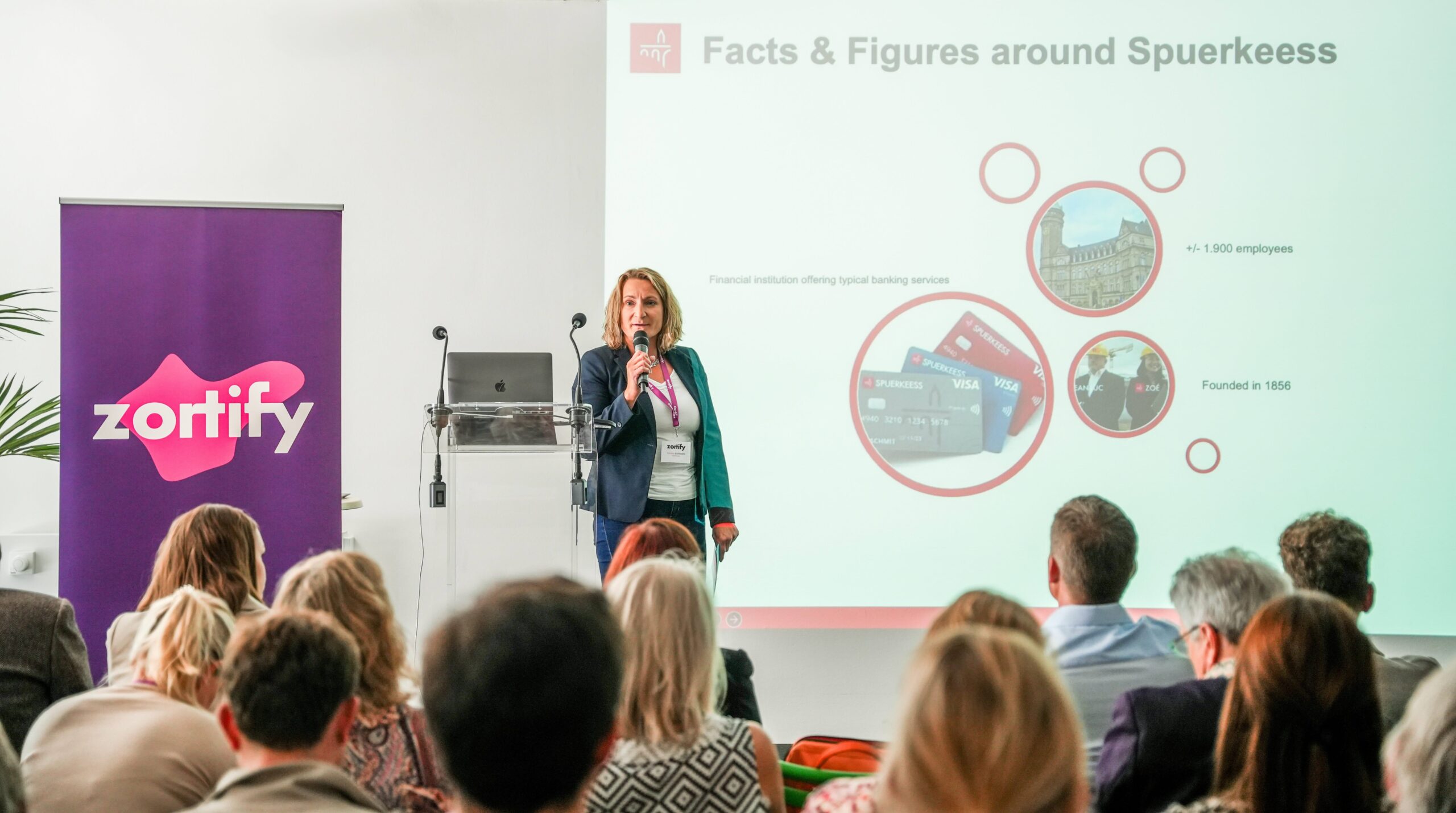If your CHRO is still counting heads, you’re already losing the best ones!

The figures are clear – and alarming: While IT and Marketing are allocated 3.14% and 7.5% of turnover, HR receives a mere 0.8% on average. This is shown by the current Gartner study “2025 CHRO Budget Benchmarks”. At the same time, one HR FTE (Full Time Equivalent) looks after an average of 58 employees, with increasing demands in recruiting, development, digitalization and cultural transformation. Having said that, a third of companies are planning to cut their HR budget further in 2025 – despite a growing pressure to take action.
The crucial question is therefore no longer just how much HR companies can afford, but in what and in whom they invest.
- In more staff or better technology?
- In processes or in skills?
- In administration or in value creation
Those who make the wrong budget decisions today not only risk operational weaknesses but also miss the opportunity to position HR as a real lever for business success.
Why quantity masks true HR performance
When we talk about HR budgets, the aforementioned key figure “employees per HR FTE” plays a key role. How many employees an HR specialist is responsible for full-time is considered an indicator of the productivity of the HR department. The Gartner study shows significant differences between industries. While the ratio is 80 employees per HR FTE in the healthcare and pharmaceutical sectors, for example, it is 56 in technology and telecommunications and 59 in finance.
A high ratio of employees per FTE is not necessarily negative from a business and cost perspective. Rather, it can indicate an increased need for specialized HR support or complex processes. Conversely, a supposedly “efficient” HR department with many employees per HR manager can cause high costs in the long term – for example due to bad hirings or above-average staff turnover, which in the worst case can cost up to two years’ salary.
What the key figures do not show
HR is also a strategic partner for business development, especially in highly knowledge based industries. Investments in talent analytics, employer branding or strategic HR planning are essential, but are not directly reflected in key figures such as the FTE ratio. Nevertheless, their value is enormous. The Deloitte study Human Capital Trends 2024 emphasizes that HR must increasingly act as a “change activist”, for example in cultural change, leadership development or the integration of AI. At the same time, many HR teams are struggling with a chronic shortage of resources and overwork, which is slowing down strategic work.
The role of AI: a leap in quality instead of an increase in HR staff
Increasing demands, decreasing budgets – this is where the strategic use of technology comes into play. The Gartner study emphasizes that HR leaders are increasingly investing in HR technologies. AI systems in particular offer the opportunity to significantly improve the quality of HR work without having to increase the number of staff in the HR department. AI-supported tools improve precision in recruiting, for example by identifying the best candidates for complex roles and sorting out unsuitable applicants at an early stage. AI helps to reduce bias, i.e. decisions that are based on subjective assessments rather than objective data.
A fair, fast and data-supported selection process is particularly important in one of the most cost-intensive areas of HR – recruiting. Assessment centers alone often consume tens of thousands of euros and tie up capacities that are then missing for strategic tasks such as workforce planning or employee development. What many people tend to overlook: The employee experience does not end with onboarding. It has a significant influence on whether talent stays in the long term.
Maintain quantity, increase quality
According to Gartner, 34% of CHROs are planning to invest in HR technology and 28% in people analytics. These priorities are right – under one condition: The tools must support HR employees instead of replacing them.
Ideally, they enable:
- The replacement of time-consuming and expensive assessment centers with automated, data-based and fast selection processes,
- More objective and accurate decisions about candidates thanks to well-conducted analyses,
- New scope for HR to install strategic and long-term workforce planning.
Conclusion: Focus on the impact, not just KPIs
KPIs such as “employees per HR FTE” can be a useful starting point, but they alone are not enough to evaluate the effectiveness and efficiency of HR. In demanding industries, the focus must be on the quality of HR work. The strategic use of AI can help to improve recruiting quality, reduce the workload of executives and thus make a measurable contribution to the company’s success, regardless of whether the FTE ratio is above or below the industry average. Ultimately, it is not only how many employees a HR professional is responsible for that counts, but rather how well they support employees and promote their development. And whether they have the capacity to shape their work with a long-term perspective instead of rushing from one short-term vacancy to the next. The systematic use of AI can make all the difference here.
Modern HR work should aim to attract and develop excellent employees through a well-founded strategy and excellent processes, without necessarily building up more HR resources. The focus should be on what good HRM really needs: AI-competent, strategically thinking and empathetic people who have enough headspace to understand and master technology and use it to recognize and develop the full potential of (potential) employees.
Prof. Dr. Florian Feltes
Prof. Dr. Florian Feltes is co-founder and co-CEO of zortify and a forerunner in AI-supported HR innovation. Together with his team, he develops intelligent personality diagnostics and helps companies identify the perfect candidates—without expensive assessments and without bias. His vision: a world in which every company can effortlessly form high-performance teams and create work environments that allow human potential to flourish.


Putting people at the center with AI

EU AI Act – HR Must Deliver on AI – But Not Alone

What companies would never learn about their employees without AI